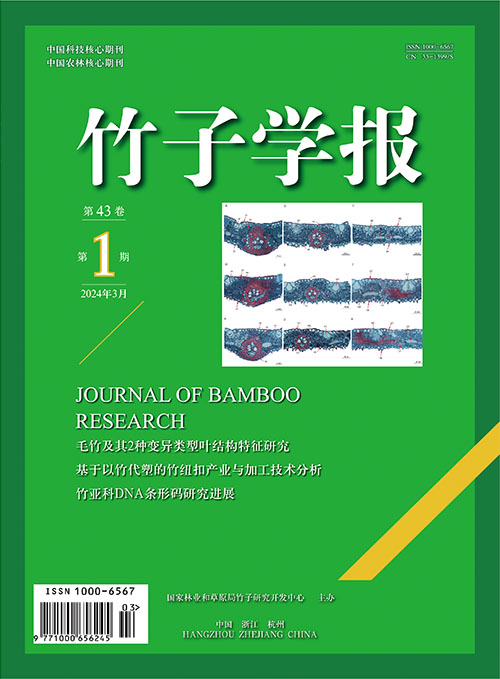2020 Vol. 39, No. 4
Display Method:
2020, 39(4): 1-13.
Abstract:
2020, 39(4): 14-24.
Abstract:
2020, 39(4): 25-33.
Abstract:
2020, 39(4): 34-39.
Abstract:
2020, 39(4): 40-47.
Abstract:
2020, 39(4): 48-54.
Abstract:
2020, 39(4): 55-63.
Abstract:
2020, 39(4): 64-69.
Abstract:
2020, 39(4): 70-75.
Abstract:
2020, 39(4): 76-79.
Abstract:
2020, 39(4): 80-89.
Abstract:
2020, 39(4): 90-94.
Abstract:



